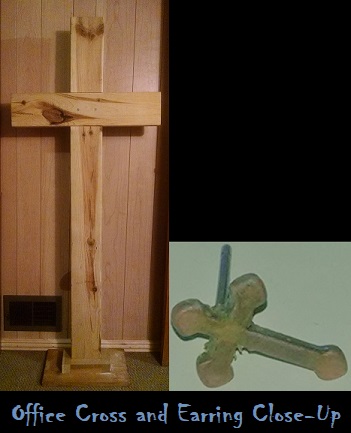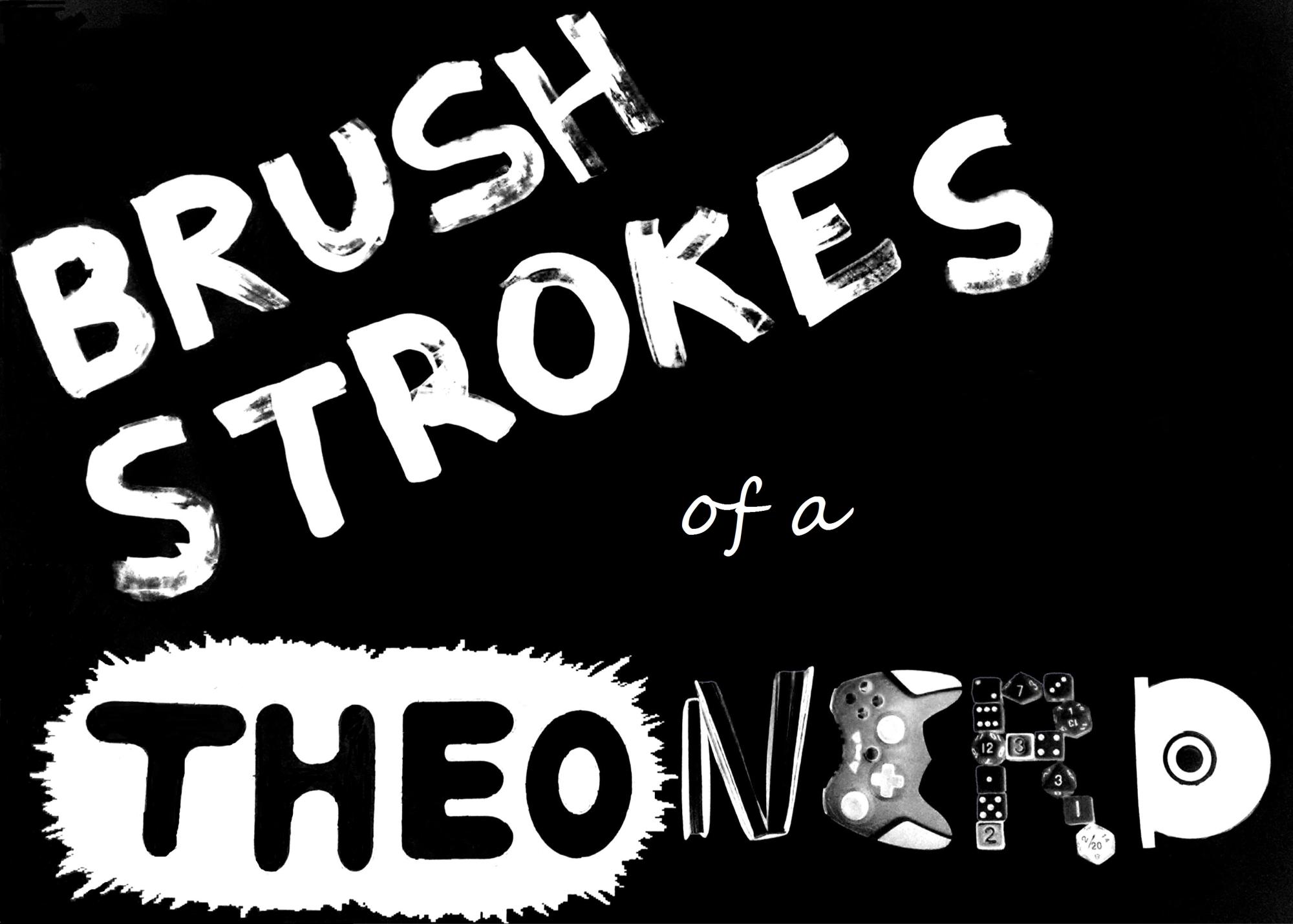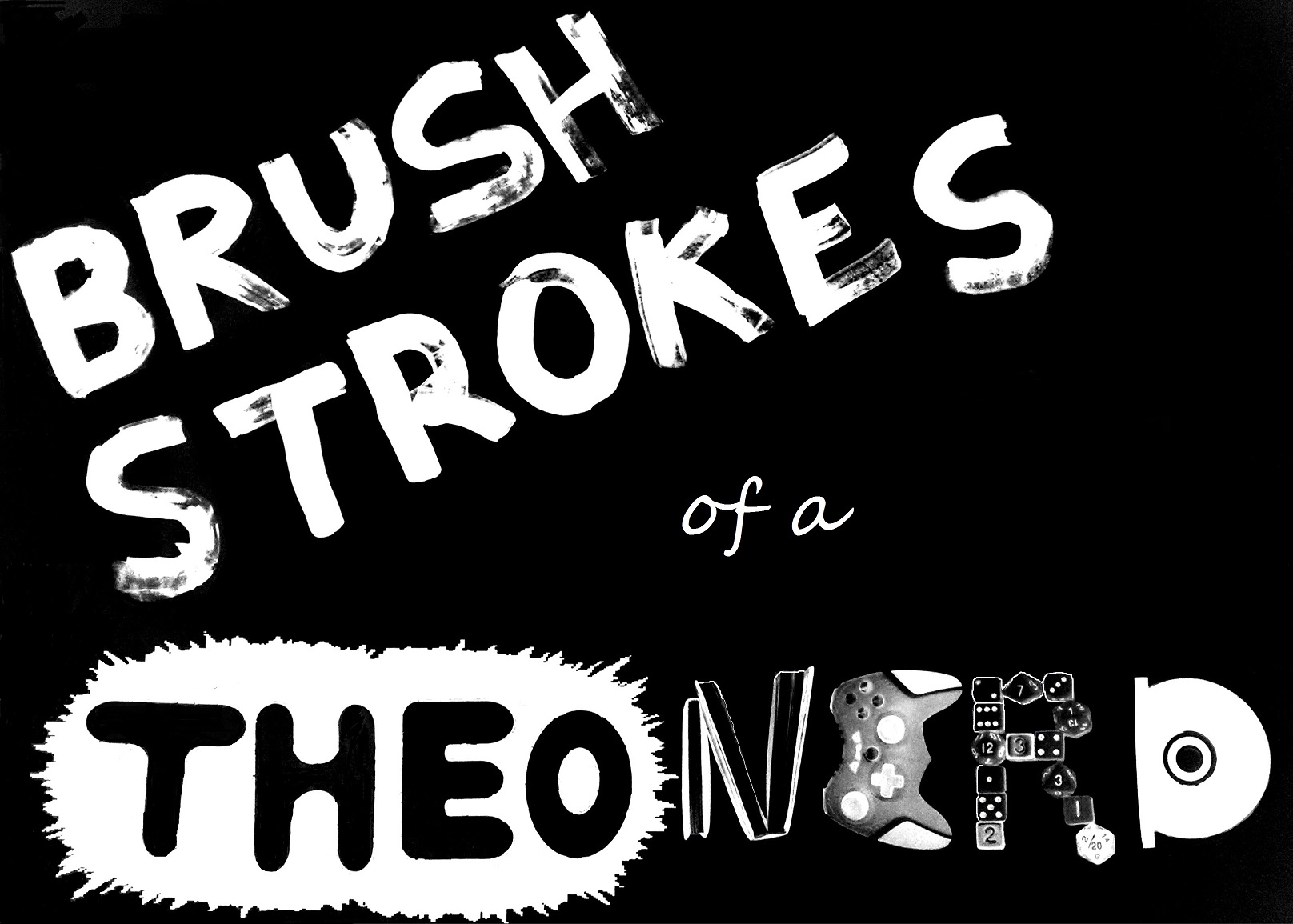
Un-Taming The Cross
By Anthony Casperson
7-1-17
Have you ever looked at the artistry of a cross? No, I don’t mean that there’s something special about the “t” shape. Have you ever looked at a physical representation of a cross and contemplated the design?
The choice of material. The size. The placement. The contours. And many other choices in the design. Like all artistic endeavors, there’s something that can be learned about the artist’s view of its subject by peering into the purpose of the choices.
Many crosses I’ve seen look similar to the one I have in my office at home. (Yes, I have a cross in my office. You don’t?) Simple, unadorned wood. It’s wood because that’s what Jesus’ cross was made of. And the simple design represents the simplicity of the faith needed to accept the sacrifice of Jesus.
Other crosses are made of gold (or are gold-plated). It shows the glory of Jesus and the cost of what his sacrifice meant for us. The gold shines in the light, reflecting it, reminding us of God’s radiant glory. And the price of the gold reminds us of how much this act of love cost God.
I really like my once-gold-plated cross earring. The shine and sheen of the gold long faded. It’s become worn in and familiar. That cross is my reminder that service to God isn’t all shiny and glamorous. The metal, tempered to take out impurities, stands long after the newness has faded. And its service stands strong.
We see crosses made of stone. Often found as gravestones, these crosses remind us of the permanence of Jesus’ sacrifice. Long after our bodies fade, the cross will remain. Not forgotten when Jesus returns.
Some crosses have an image Jesus on them. They remind us of the moment of the sacrifice that forever changed human history. And others don’t have his image on them, calling to mind the fact that the sacrifice has been paid once and for all who accept it. No need for Jesus to remain there as he now sits enthroned with the Father.
But I’ve noticed that many crosses have smooth edges. They’re dull. Practical in a safety-conscious society. Sure, some wooden crosses have less than level edges. But that’s just a slightly roughened edge. No danger of hurting oneself.
I’m not trying to say that we should hurt ourselves on crosses. But I have to question why we tame the cross? This implement of tortuous, agonizing death was never meant to be safe. The cross is humanity’s least-humane, most-painful mode of torture that would eventually lead to death.
That’s what we wear on chains and in our ears: a tortuous device of death.
It’s something that I’ve recently begun to think about every Sunday. The church that I attend has a cross whose maker I think understood this point of the dangerous nature of the cross. Tall and imposing, it’s coated in broken fragments of mirror. Some hand-sized, others smaller, the shards of reflective glass have not been sanded down to make smooth edges. I look at this image of the cross and know that I would hurt myself if I touched it.
But as you stare at the cross, incomplete reflections of yourself look back at you. The danger of the cross comes because of our own sinfulness, our brokenness. The cross wouldn’t be needed if not for our disobedience. Jesus wouldn’t have had to pay the price for us if humanity hadn’t fallen.
The price of the cross should’ve been ours to pay. Our own hellish torture, eternal and unforgiving. But for we who accept Jesus’ sacrifice, that price has been paid. For those who do not, it’s a vision of the future.
The faith is simple. The price was costly, yet glorious. The service is pure. It stands forever. And though it’s history changing, it was done once for all of history. But one thing the cross isn’t, is tame.
Let’s not tame the cross because that tames the sacrifice of the one who took on the cross and won.
By Anthony Casperson
7-1-17
Have you ever looked at the artistry of a cross? No, I don’t mean that there’s something special about the “t” shape. Have you ever looked at a physical representation of a cross and contemplated the design?
The choice of material. The size. The placement. The contours. And many other choices in the design. Like all artistic endeavors, there’s something that can be learned about the artist’s view of its subject by peering into the purpose of the choices.
Many crosses I’ve seen look similar to the one I have in my office at home. (Yes, I have a cross in my office. You don’t?) Simple, unadorned wood. It’s wood because that’s what Jesus’ cross was made of. And the simple design represents the simplicity of the faith needed to accept the sacrifice of Jesus.
Other crosses are made of gold (or are gold-plated). It shows the glory of Jesus and the cost of what his sacrifice meant for us. The gold shines in the light, reflecting it, reminding us of God’s radiant glory. And the price of the gold reminds us of how much this act of love cost God.
I really like my once-gold-plated cross earring. The shine and sheen of the gold long faded. It’s become worn in and familiar. That cross is my reminder that service to God isn’t all shiny and glamorous. The metal, tempered to take out impurities, stands long after the newness has faded. And its service stands strong.
We see crosses made of stone. Often found as gravestones, these crosses remind us of the permanence of Jesus’ sacrifice. Long after our bodies fade, the cross will remain. Not forgotten when Jesus returns.
Some crosses have an image Jesus on them. They remind us of the moment of the sacrifice that forever changed human history. And others don’t have his image on them, calling to mind the fact that the sacrifice has been paid once and for all who accept it. No need for Jesus to remain there as he now sits enthroned with the Father.
But I’ve noticed that many crosses have smooth edges. They’re dull. Practical in a safety-conscious society. Sure, some wooden crosses have less than level edges. But that’s just a slightly roughened edge. No danger of hurting oneself.
I’m not trying to say that we should hurt ourselves on crosses. But I have to question why we tame the cross? This implement of tortuous, agonizing death was never meant to be safe. The cross is humanity’s least-humane, most-painful mode of torture that would eventually lead to death.
That’s what we wear on chains and in our ears: a tortuous device of death.
It’s something that I’ve recently begun to think about every Sunday. The church that I attend has a cross whose maker I think understood this point of the dangerous nature of the cross. Tall and imposing, it’s coated in broken fragments of mirror. Some hand-sized, others smaller, the shards of reflective glass have not been sanded down to make smooth edges. I look at this image of the cross and know that I would hurt myself if I touched it.
But as you stare at the cross, incomplete reflections of yourself look back at you. The danger of the cross comes because of our own sinfulness, our brokenness. The cross wouldn’t be needed if not for our disobedience. Jesus wouldn’t have had to pay the price for us if humanity hadn’t fallen.
The price of the cross should’ve been ours to pay. Our own hellish torture, eternal and unforgiving. But for we who accept Jesus’ sacrifice, that price has been paid. For those who do not, it’s a vision of the future.
The faith is simple. The price was costly, yet glorious. The service is pure. It stands forever. And though it’s history changing, it was done once for all of history. But one thing the cross isn’t, is tame.
Let’s not tame the cross because that tames the sacrifice of the one who took on the cross and won.


Not the mirrored cross I was talking about. I wasn't able to get a picture of it before I had to post this.


